Cheongsujeong (청수정)
3.5Km 2021-03-29
91, Samcheong-ro, Jongno-gu, Seoul
+82-2-738-8288
Only fresh ingredients are carefully selected to serve only dishes rich in taste and nutrition. This Korean dishes restaurant is located in Jongno-gu, Seoul. The representative menu is bulgogi with rice.
Café Moon (달 카페)
3.5Km 2019-12-23
94-1, Samcheong-ro, Jongno-gu, Seoul
+82-2-735-7355
Café Moon has a trendy interior design and includes a realistic 'moon' mounted on one of the walls. The inside and outside of the café are decorated with hanok designs, designs of traditional Korean houses. The inner courtyard of the grounds is often the stage for a variety of parties and music performances held throughout the year. From the late spring into fall, Café Moon holds musical performances of traditional instruments from around the world. The diners enjoying their meals next to the courtyard need only slide the windows open to let in the beautiful melodies.
Okcheon Maeun Jokbal (옥천매운족발)
3.5Km 2021-03-29
23, Jong-ro 51na-gil, Jongno-gu, Seoul
+82-2-3672-7168
This is a restaurant serving delicious spicy pork feet. This Korean dishes restaurant is located in Jongno-gu, Seoul. The most famous menu is braised pigs' feet.
Donga Stationery (동아완구)
3.5Km 2024-10-08
5 Jong-ro 52-gil, Jongno-gu, Seoul
Everest (에베레스트)
3.5Km 2019-09-02
2-1, Jong-ro 51ga-gil, Jongno-gu, Seoul
+82-2-766-8850
Nepal is located in the southcentral region of the Himalayan Mountains between India and Tibet, accounting for its diverse mixture of both country's cultures. Restaurant Everest allows guests to enter this culturally diverse world by offering cuisine from Nepal, India, and Tibet. In addition, Everest is operated by a Nepali owner, serving affordable food to tourists and students interested in the culture of Nepal. Customers can learn of the traditional food and culture of Nepal while listening to Nepali music and watching movies. The restaurant also provides a seminar area for various meetings.
Museo Nacional del Hangeul (국립한글박물관)
3.5Km 2022-12-15
Seobinggo-ro 139, Yongsan-gu, Seúl.
+82-2-2124-6200
El Museo Nacional del Hangeul fue inaugurado el Día de Hangeul (9 de octubre) del año 2014, para revisar la historia del alfabeto coreano a través del uso de materiales físicos. Como las vocales coreanas se crearon con base en el trasfondo filosófico de la conexión entre la tierra, los seres humanos y el cielo, el museo fue construido tomando en cuenta este diseño: la planta subterránea representa la tierra, las dos primeras plantas, los seres humanos y el tercer piso, el cielo, todos conectados en un solo edificio de cuatro plantas. La exhibición principal del museo se encuentra en el segundo piso. "Huellas del Hangeul" muestra el camino recorrido por el alfabeto Hangeul, desde su creación hasta su forma actual, e incluso su futuro. La tercera planta cuenta con una “Zona de juegos con el Hangeul para niños” y un centro de aprendizaje. Este último proporciona una manera fácil para que los extranjeros se familiaricen con el alfabeto coreano mediante el uso de equipos digitales y actividades de esparcimiento.
Galería K.O.N.G. (공근혜갤러리)
3.5Km 2024-08-06
Samcheong-ro 7-gil 38, Jongno-gu, Seúl
HOTEL QB [Korea Quality] / 호텔큐비(호텔QB) [한국관광 품질인증]
3.5Km 2023-04-13
322-10, Jong-ro, Jongno-gu, Seoul
+82-10-2408-2842
Located just a three-minute walk away from the Dongdaemun Subway Station in Seoul, the hotel offers easy access for shopping and culture tour. Airport bus passes beside the building and Dongdaemun Shopping Complex, home to large shopping malls and wholesale fashion shops, are only a ten-minute walk away.
QB, which stands for boutiQue Business, reflects our commitment to guests on business trips with high-quality service and rooms. Customized trip consulting service is provided for those who are visiting without information; complimentary luggage storage service is also available.
Hotel QB has 21 rooms in total, ranging from single rooms for solo travelers to quad rooms for up to six persons. The rooms with modern and stylish interior design in pastel tone create cozier atmosphere. Internet is provided without charge in all rooms, and shared PCs are available in the shared kitchen. Guests may also cook for themselves as a microwave oven, an induction, a refrigerator, and kitchenware are available in the shared kitchen.
Neighboring tourist attractions such as Dongdaemun Shopping Complex are always busy with travelers. Dongdaemun Fashion Street, the trend-setting spot for the young, gets even livelier at night, whereas Dongdaemun Design Plaza (DDP) is famous for its night view. The night market, which opens on Friday and Saturday evenings, offers more things to eat and see. In addition, Dongdaemun History and Culture Park, Cheonggyecheon Second-hand Book Shop Street, and Dongmyo Flee Market are close to the hotel. Gwangjang Market, Jongmyo Shrine, and Daehakro Street are located one subway station away, which is also a walkable distance.
Calle Frontal de Cheong Wa Dae (청와대 앞길)
3.5Km 2022-06-30
Gungjeong-dong, Jongno-gu, Seúl
La calle frontal de Cheong Wa Dae (también conocida como Casa Azul) está abierta al público e incluye el Hyoja Samgeori (intersección de tres calles) en Hyoja-dong y el Palpan Samgeori (intersección de tres calles) en Palpan-dong. Cuando se camina por la calle Hyoja-ro, desde la Estación de Gyeongbokgung del metro, se pueden ver una fuente, el jardín Mugunghwa, y los pabellones Daegogak y Yongbingwan. Al principio de la calle, enfrente de Cheong Wa Dae, árboles y hermosos jardines de flores decoran los dos lados de la misma, creando un agradable lugar para pasear.
Centro de Arte ARKO (아르코미술관)
3.5Km 2023-08-07
Dongsung-gil 3, Jongno-gu, Seúl.
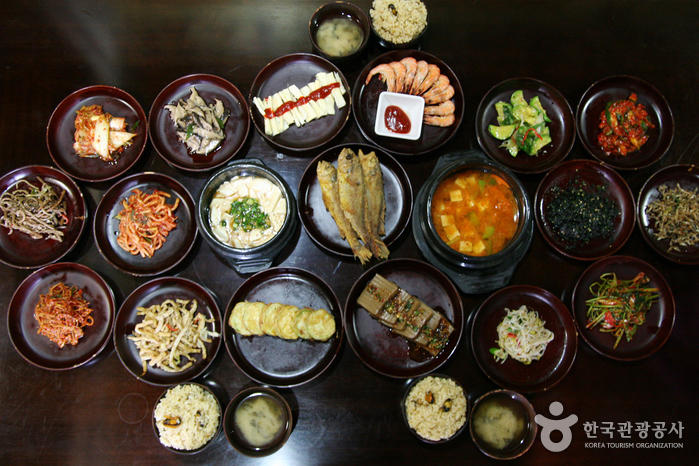
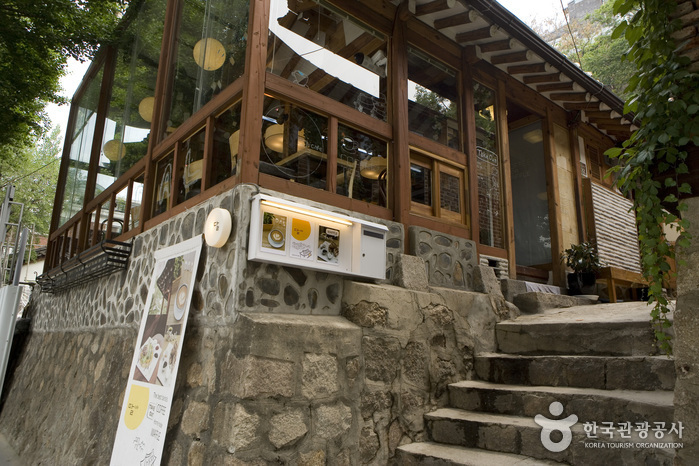
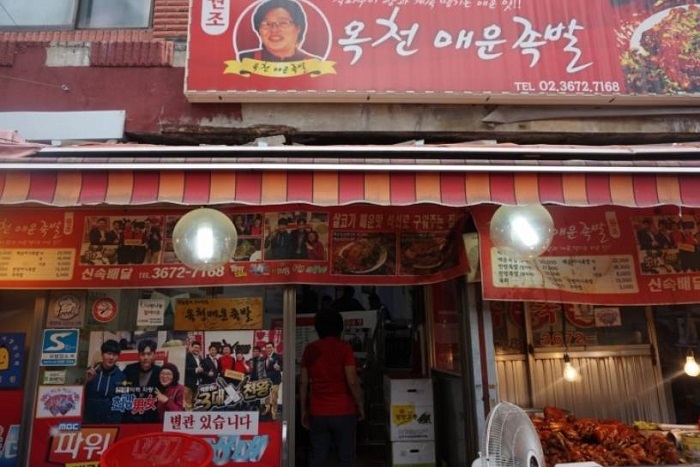
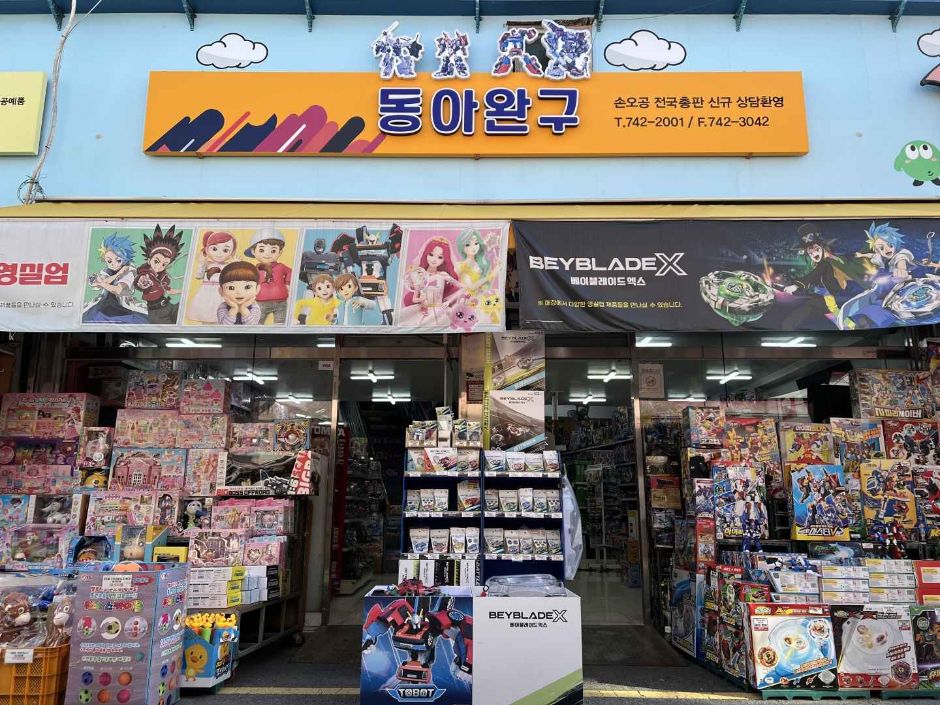
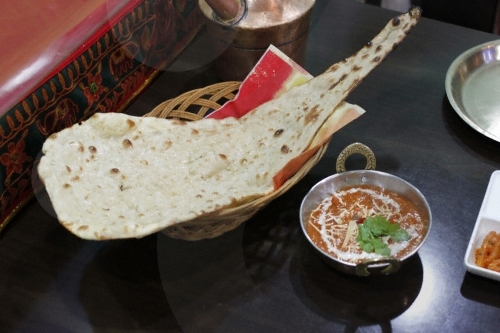

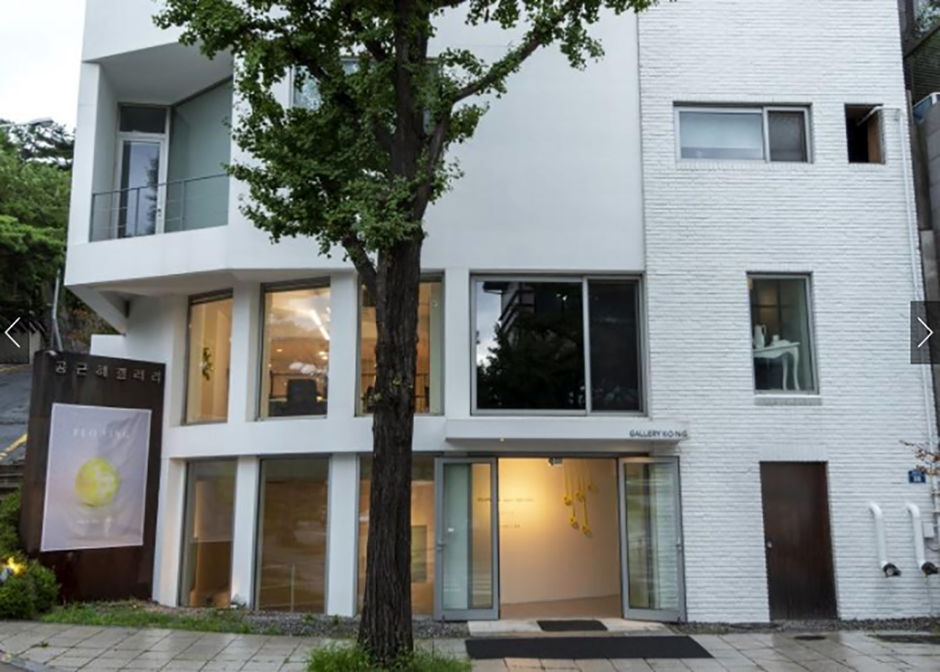
![HOTEL QB [Korea Quality] / 호텔큐비(호텔QB) [한국관광 품질인증]](http://tong.visitkorea.or.kr/cms/resource/54/2634454_image2_1.jpg)
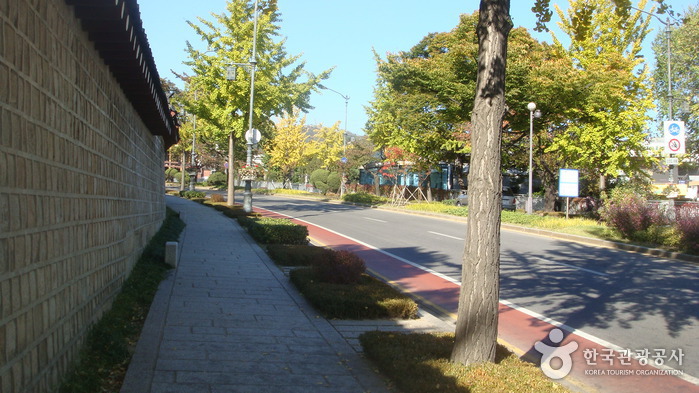
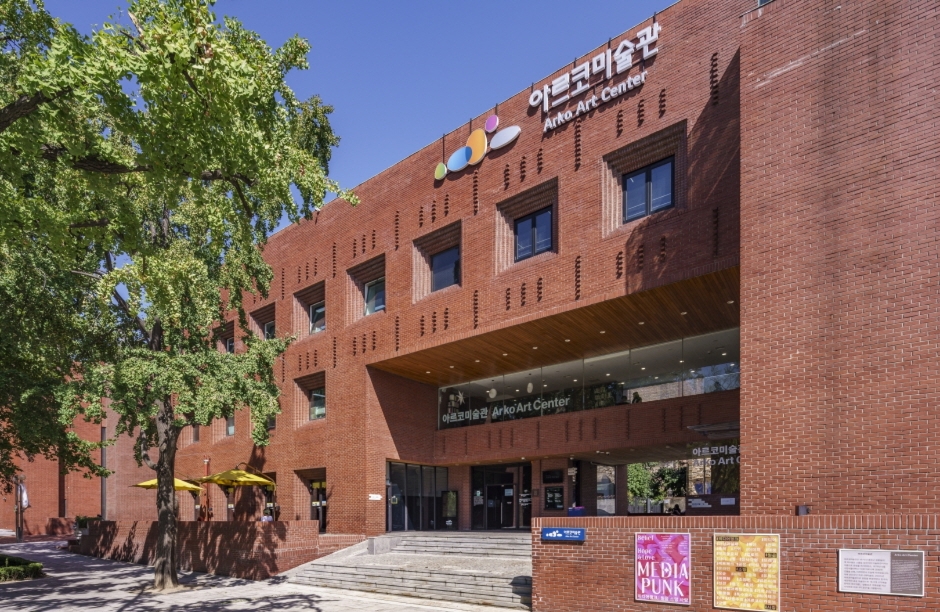
 Español
Español
 한국어
한국어 English
English 日本語
日本語 中文(简体)
中文(简体) Deutsch
Deutsch Français
Français Русский
Русский